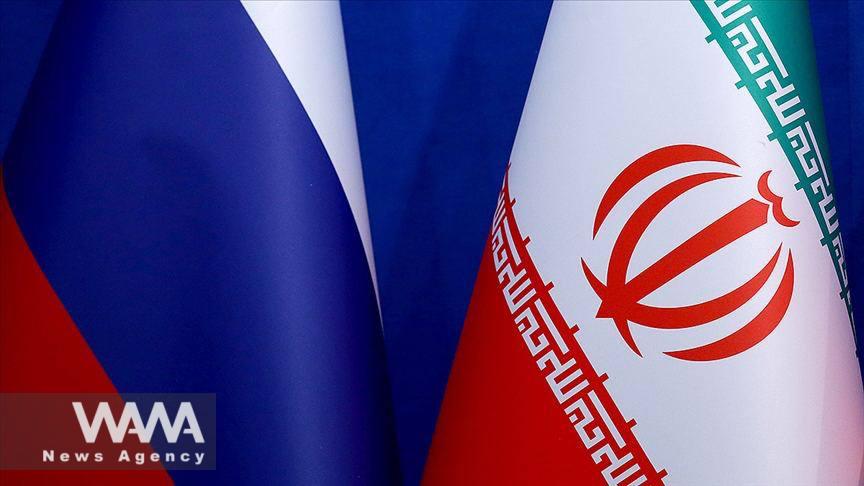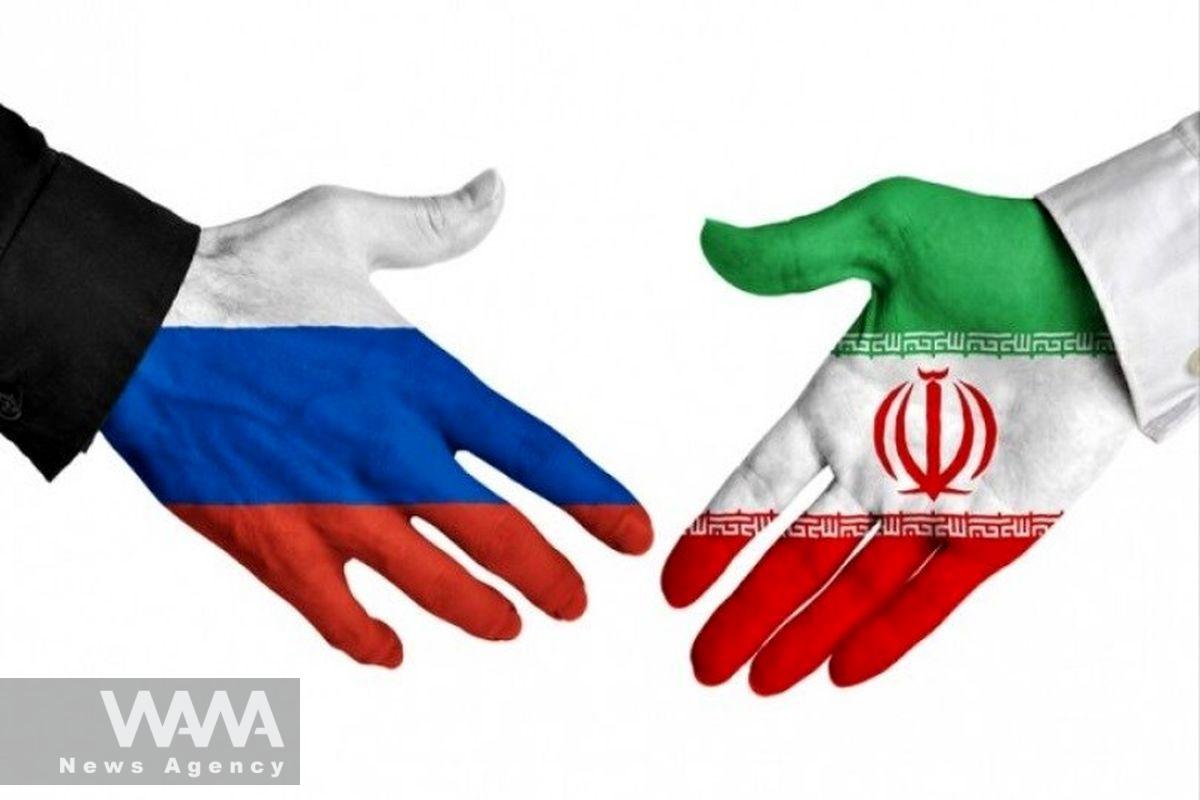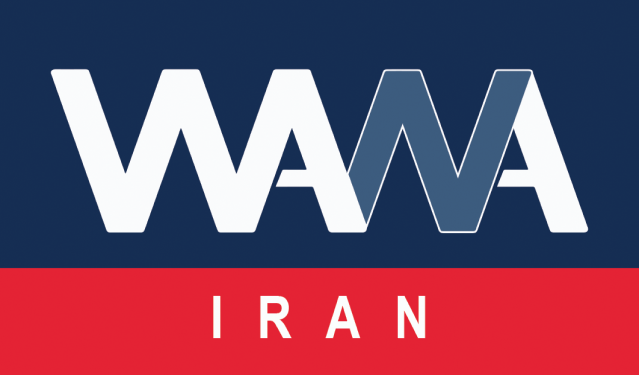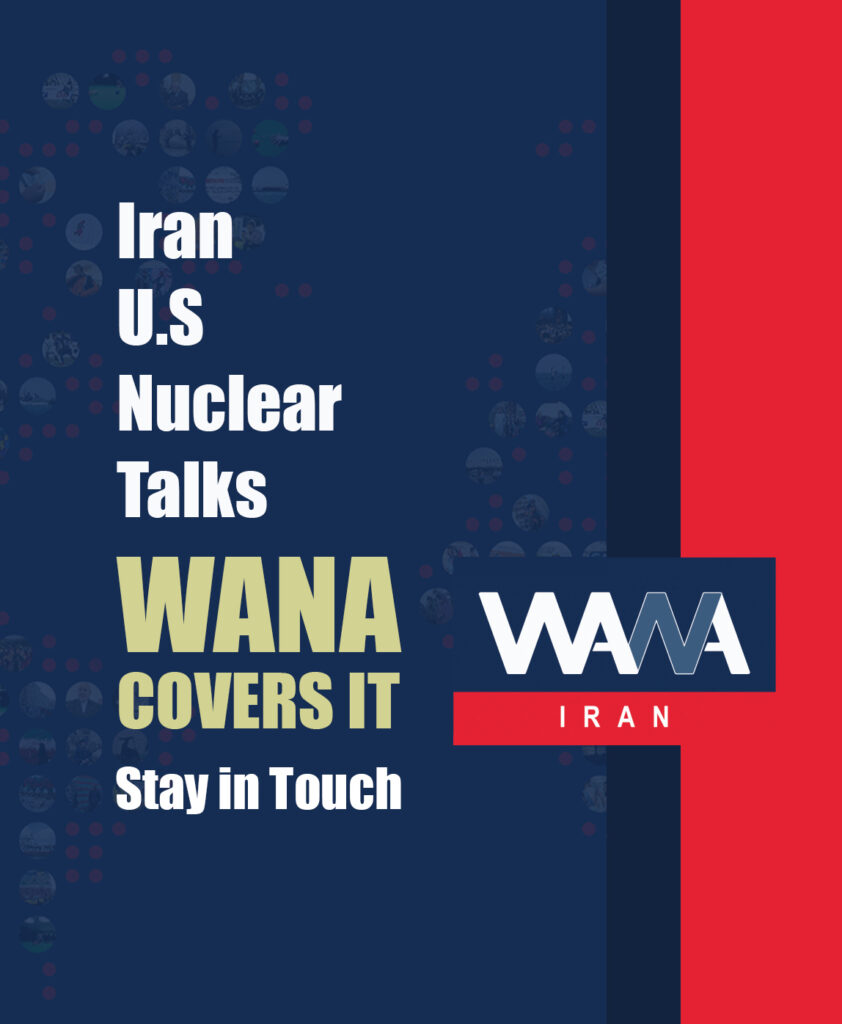A New Chapter in Iran-Russia Relations: Comprehensive Agreement on the Horizon
WANA (Jan 12) – The upcoming trip of Masoud Pezeshkian, the President of Iran, to Moscow, Russia, is of particular importance, as during this visit, a comprehensive cooperation agreement between the two countries is expected to be signed.
This event is not only the first step in the Islamic Republic era toward signing a strategic agreement between Iran and Russia, but it also recalls the initial experience in this area during the Reconstruction era, when the late Akbar Hashemi Rafsanjani signed such an agreement with the current President of Russia during a visit to Moscow.
Trip to Dushanbe and the Beginning of Regional Cooperation
Before heading to Moscow, Pezeshkian will stay for two days in Dushanbe, the capital of Tajikistan. During this visit, he will meet with Tajikistan’s President Emomali Rahmon.
Iran and Tajikistan, with their linguistic, cultural, and historical commonalities, have significant potential to strengthen their cooperation. Although these relations have not fully flourished in the past due to various obstacles, in recent years, with the efforts of Iran’s diplomacy, relations have been flourishing, and trust-building is taking place.

New Details of the Agreement Between Iran and Russia
WANA (Jan 11) – The ambassador of the Islamic Republic of Iran in Russia announced: “The comprehensive cooperation agreement between the two countries, comprising a preamble and 47 articles, covers all areas of bilateral relations. Its drafting paid special attention to balance, maintaining independence, and respecting territorial integrity.” Historical Context and Agreement Renewal Kazem […]
Geopolitical Developments and the New Iran-Russia Agreement
Pezeshkian’s visit to Moscow occurs when a new strategic agreement between the two countries is expected to be signed. This agreement, which is based on previous understandings, is seen as a complement to the earlier agreement, particularly in the economic and defense sectors. While the previous agreement focused primarily on defense cooperation, this new agreement will also include economic and other areas.
On the other hand, the timing of this agreement coinciding with the commencement of comprehensive negotiations between Iran and Europe, especially in military cooperation and the developments of the Ukraine war, is sensitive.
Over the past two years, European countries have expressed strong concern over Iran and Russia’s military cooperation in the Ukraine war, which has led to sanctions imposed on Iranian airlines, shipping companies, ports, and individuals.

Russia, Iran to Sign Strategic Partnership Agreement in January
WANA (Dec 26) – Konstantin Zatulin, a member of Russia’s State Duma, announced that the comprehensive strategic partnership agreement between Russia and Iran is expected to be signed in Moscow by mid-January 2025. The statement follows a report by Newsweek suggesting the deal would be finalized before the U.S. President-elect’s inauguration on January 20, […]
Syria Issues and the Impact of Trump’s Presidency
The issues surrounding Syria and the geopolitical developments in the country will also be significant topics during Pezeshkian’s visit to Moscow. Alongside these matters, the upcoming presidency of Donald Trump in the United States will have important implications for Iran-Russia relations.
Russia is hopeful that with Trump in power, as promised by the new U.S. president, a ceasefire between Ukraine and Russia will be established, allowing Vladimir Putin to tell the Russian people that, despite heavy casualties and financial losses, Russia has won the war.
Additionally, relations with the U.S. are expected to improve, and sanctions are likely to be lifted. With these developments, Putin will be able to claim that he prevented Ukraine, which was set to join the North Atlantic Treaty Organization (NATO) and bring Russia into direct proximity with NATO, from succeeding in its plan. However, it is worth noting that due to this war, Finland and Sweden—two countries with much longer borders with Russia—have joined NATO.

Moscow: Russia-Iran Partnership Includes Security and Defense Spheres
WANA (Nov 26) – Russian Deputy Foreign Minister emphasized that the relations between Iran and Russia are built on a solid foundation of friendship, stating that no one can create a rift between the two countries. He highlighted that their partnership encompasses “security and defense domains.” Andrey Rudenko, the Russian Deputy Foreign Minister, stated: […]
Iran’s Nuclear Talks and Russia’s Role
Another issue to be discussed between the presidents of Iran and Russia will be Iran’s nuclear issue and its negotiations with Europe and the United States. Since Russia is a member of the initial 5+1 group involved in the nuclear talks, Russian officials expect to be closely informed about developments regarding Iran’s negotiations with the West. The impact of Donald Trump’s presidency and its regional consequences will also be a focal point of the discussions.
Unlike Russia, which sees Trump’s return to power as a great opportunity—with signs of this already appearing, such as the recent statement by the U.S. ambassador in Moscow expressing interest in developing relations with Russia—there is evidence that for the Islamic Republic of Iran, the threats outweigh the opportunities.
However, if regional geopolitical developments are carefully examined, analyzed, and scrutinized, turning these threats into opportunities is considerably possible. Not only is this possible, but it could also significantly offset the reduction in geopolitical weight Iran has experienced in recent months.
To achieve this goal, it is important to note that Iran’s negotiations with the West, particularly the United States, are so sensitive for neighboring countries that any mediator initially pursues its interests in such mediation efforts.

What is clear to the author is that most of Iran’s neighboring countries will not welcome successful outcomes from Iran-West negotiations. This is because lifting sanctions, opening up economic and trade activities, increasing energy exports, and attracting investments will enhance Iran’s geopolitical weight and draw attention and opportunities toward it.
Given the unfavorable developments in western regions of the country and the gradual improvement of relations with Tajikistan, it would be wise to explore the possibility of establishing a strategic partnership with Tajikistan before the President’s visit to the country.
This could be discussed during the meetings in Dushanbe, and if the Tajik side agrees, further work could be done on this initiative in the future. Efforts should focus on compensating for the closed avenues in the western regions by creating new openings in other parts of the shared civilizational sphere. Remarkably, the developments in Syria are unlikely to leave the security of the eastern regions unaffected, with initial impacts already emerging.
Therefore, prioritizing cooperation with countries such as Tajikistan, Uzbekistan, and even Pakistan should be given greater attention. It remains to be seen how much the strategic agreement with Russia and other discussions during this visit can resolve existing challenges and influence the relations between the two countries as well as Iran-West nuclear negotiations.
Political advisor to Iran’s President announces Massoud Pezeshkian’s visit to Tajikistan and Russia, and hosting Iraq’s PM in Tehran this week. Multiple documents will be signed to strengthen relations.
#Iran #Russia #tajikistan pic.twitter.com/K8AoXdjGQ4— WANA News Agency (@WANAIran) January 6, 2025












